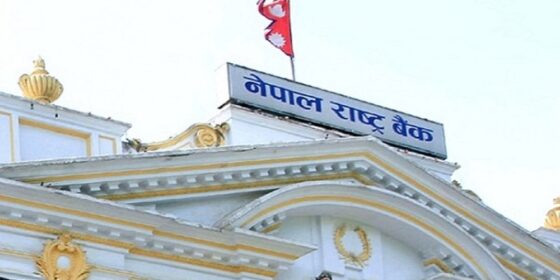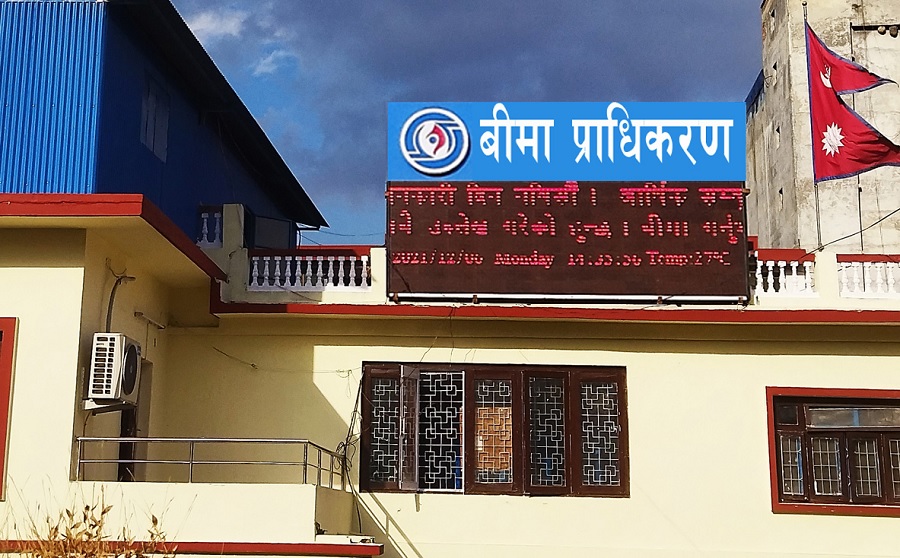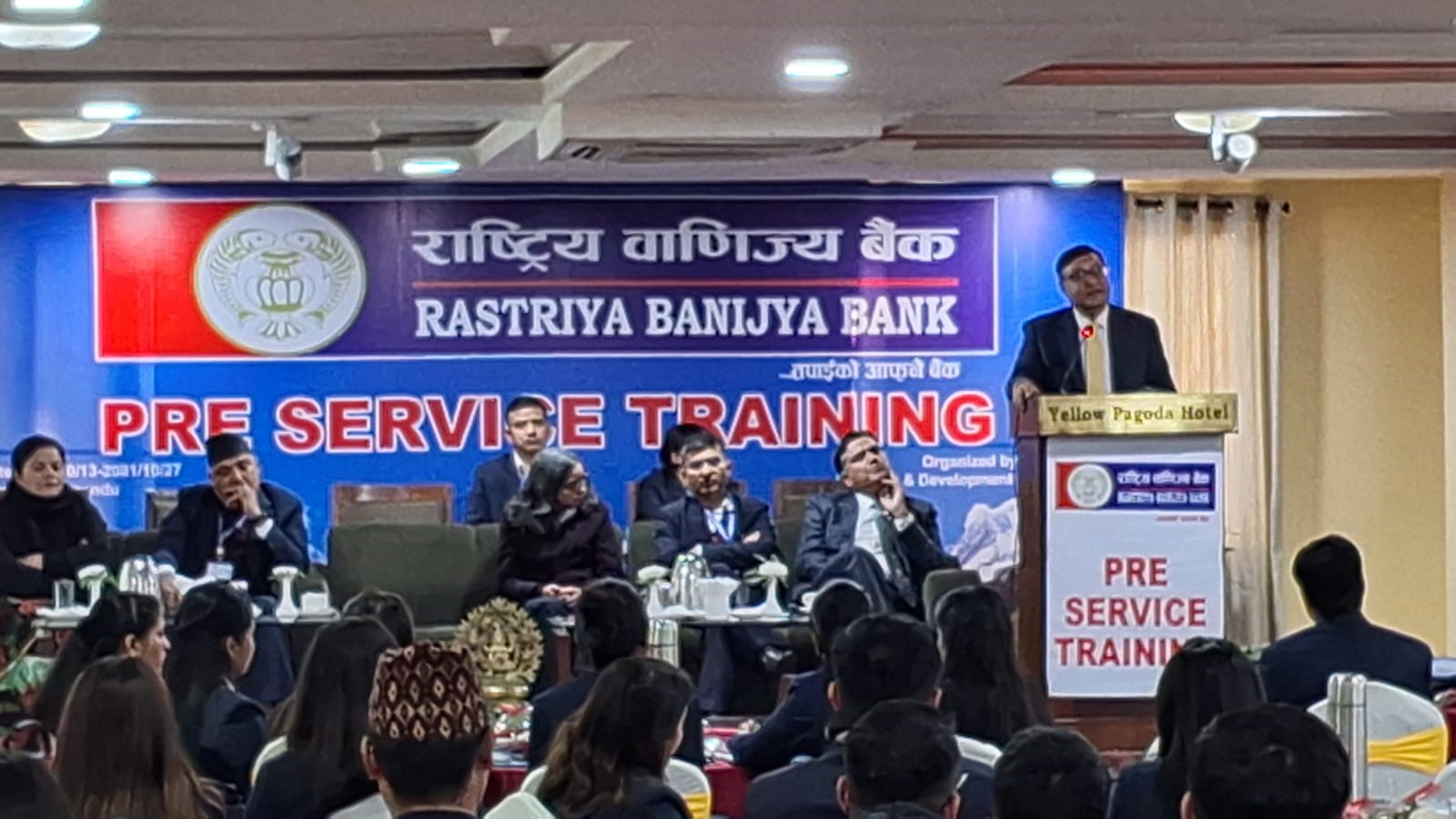
Kathmandu: The Economic Research Department of Nepal Rastra Bank, located in Baluwatar, Kathmandu, released its comprehensive analysis of the current macroeconomic and financial situation of Nepal, based on data from the first six months ending mid-January 2023/24.
Macroeconomic Indicators:
The Consumer Price Index (CPI)-based inflation remained stable at 5.26 percent on a year-on-year basis.
Imports decreased by 3.1 percent, exports decreased by 7.2 percent, and the trade deficit decreased by 2.6 percent.
Remittances witnessed a substantial increase of 25.3 percent in NPR terms and 22.6 percent in USD terms.
Nepal maintained a surplus of 273.52 billion balance of payment. Gross foreign exchange reserves increased to NPR 1816.57 billion and USD 13.69 billion.
Merchandise exports decreased by 7.2 percent to Rs. 74.97 billion, with notable changes in exports to India, China, and other countries.
Merchandise imports decreased by 3.1 percent to Rs. 768.17 billion, showing variations in imports from India, China, and other countries.
The total trade deficit decreased by 2.6 percent to Rs. 693.20 billion during the review period.
Foreign Exchange Reserves Composition:
Goods Composition: Intermediate and final consumption goods accounted for significant portions of total exports, while capital goods remained negligible.
Import Categories: The share of intermediate goods remained high in imports, with capital goods at 8.7 percent and final consumption goods at 42.1 percent.
Price Index and Terms of Trade:
Export-Import Price Index: The y-o-y unit value export price index increased by 5.7 percent, whereas the import price index decreased by 2.8 percent. This resulted in an 8.7 percent increase in the terms of trade index.
Financial Sector Indicators:
Government Finances: Nepal Government expenditure amounted to Rs. 566.62 billion, while revenue collection reached Rs. 496.50 billion.
Money Supply (M2): Broad money (M2) increased by 6.4 percent, with a year-on-year expansion of 14.3 percent.
Banking Sector: Deposits at Banks and Financial Institutions (BFIs) increased by 6.6 percent, and private sector credit increased by 4 percent. Year-on-year, deposits increased by 14.9 percent, and private sector credit increased by 4.9 percent.
Price Index and Terms of Trade:
The y-o-y unit value export price index increased by 5.7 percent, whereas the import price index decreased by 2.8 percent. This resulted in an 8.7 percent increase in the terms of trade index.
Services and Remittances:
Net Services Income: A services deficit of Rs. 36.06 billion persisted, with travel income and payments showcasing notable changes.
Remittances: Remittance inflows increased by 25.3 percent to Rs. 733.22 billion, contributing significantly to the country’s economic stability.
The report indicates a stable economic performance, with positive trends in key indicators, contributing to Nepal’s economic resilience in the first half of fiscal year 2023/24.








